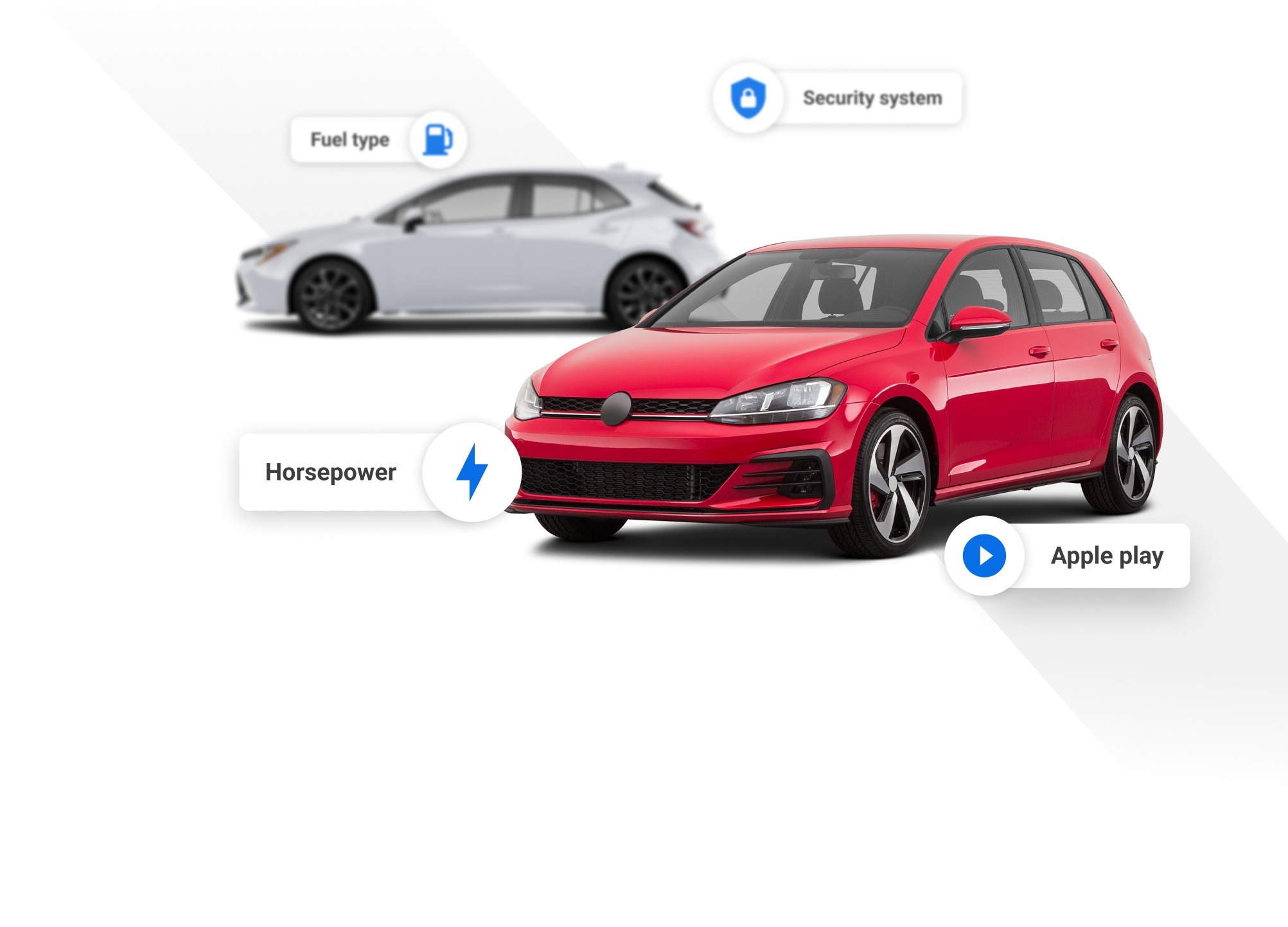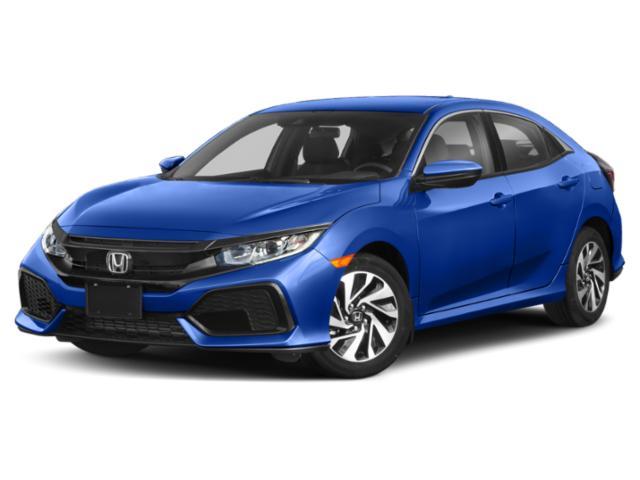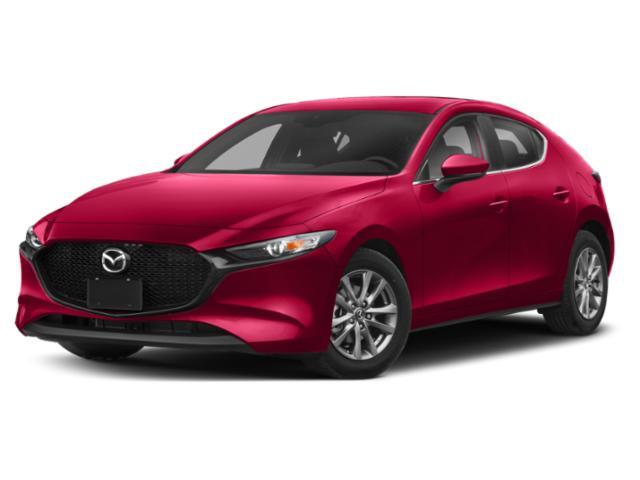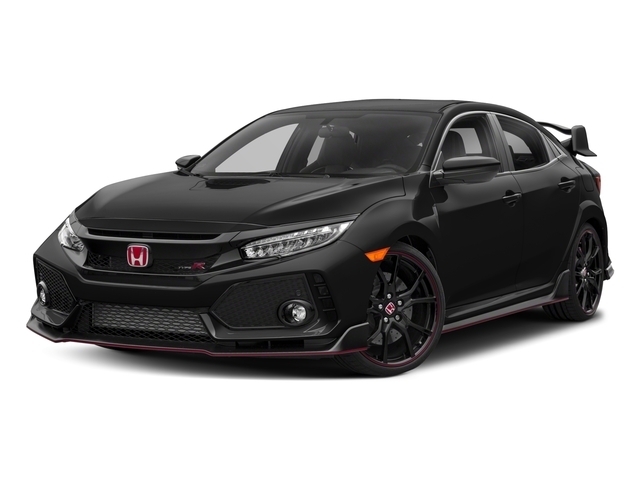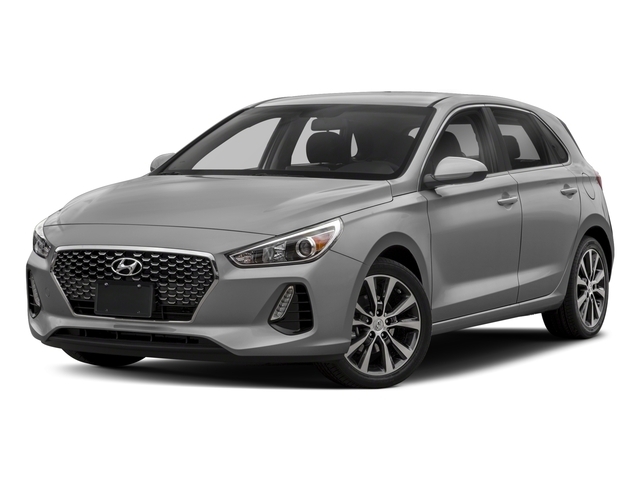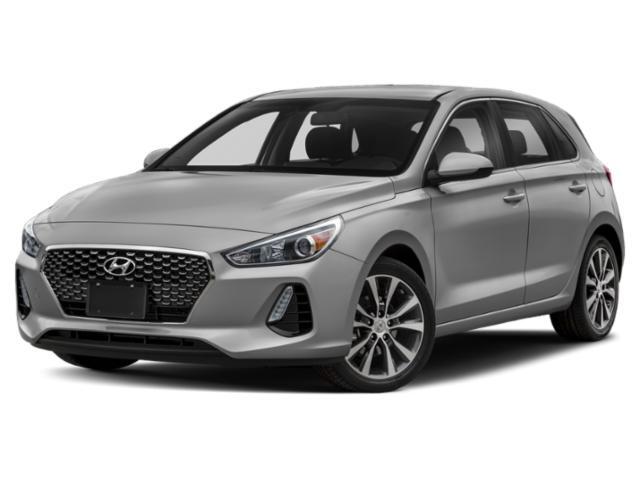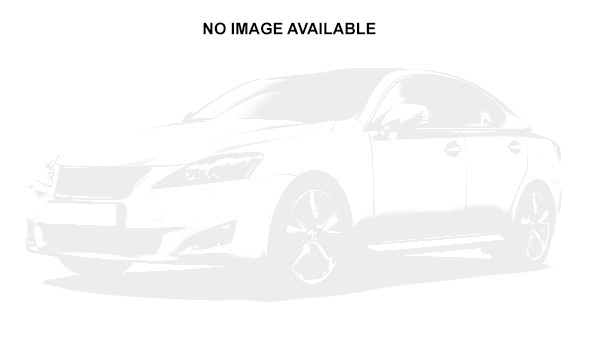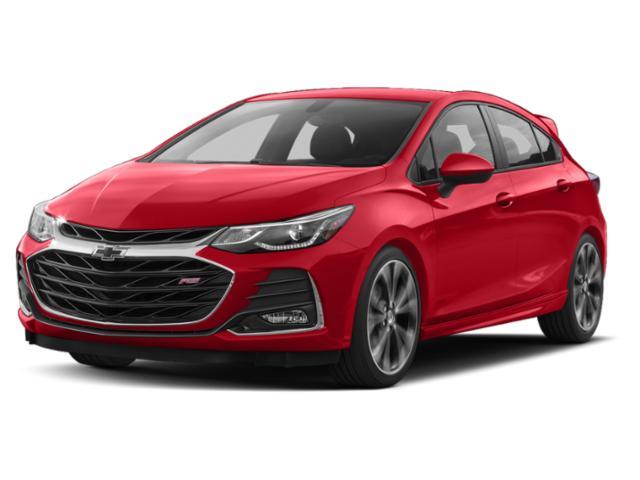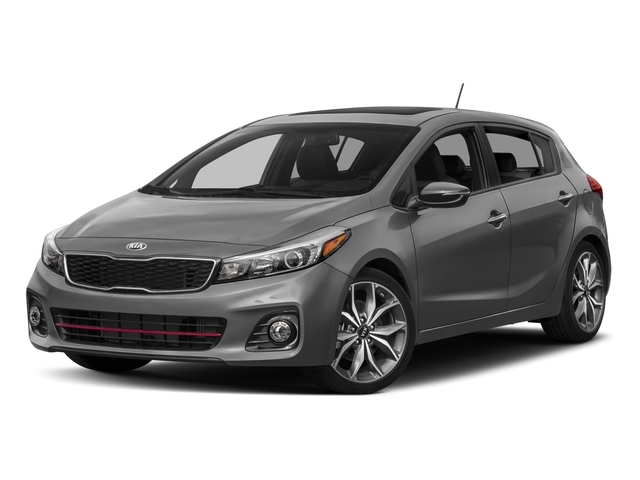
2019 Hyundai Elantra GT

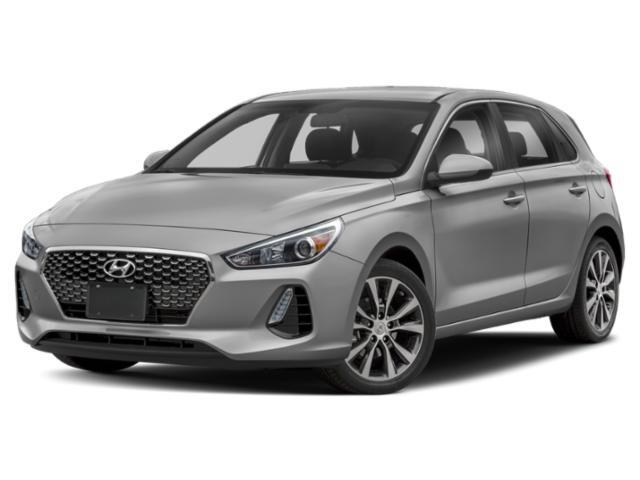
Key Specifications for 2019 Hyundai Elantra GT






Buyer’s Guide
GT is a trim designation that traditionally has been reserved for sporty models. Hyundai is one of a few automakers who have chosen to co-opt GT for less-than-exciting vehicles like its Elantra hatchback. On paper, those two letters are all that separate Elantra hatch from sedan, despite the fact that these are actually different cars.
The Elantra GT is known as the i30 in other markets, and it rides on a smaller chassis with a wheelbase 5 cm shorter than the Elantra sedan.
Hyundai introduced this second-generation Elantra GT last year. Entry-level models are carried over, powered by a 2.0L four-cylinder engine that makes 161 hp and 150 lb-ft of torque. It comes with your choice of six-speed manual or automatic transmissions.
Last year's Sport model is renamed N Line for 2019, a nod to the N designation Hyundai now applies to its sports cars. GT N Line models carry forward the Sport's 1.6L turbo four-cylinder engine and its choice of six-speed stick or seven-speed dual-clutch transmissions. Power output remains 201 hp and 195 lb-ft of torque but Hyundai has reworked the N Line's suspension and engine mounts for sharper performance.
Elantra GT competes with a number of other popular compact hatchbacks. Those include the Kia Forte, which shares some of its underpinnings with the Elantra. There's also the Honda Civic, Toyota Corolla, Volkswagen Golf, Ford Focus and Chevrolet Cruze.
Elantra GT comes in Preferred and Luxury trims, and Hyundai offers the N Line in Manual (base) and Ultimate form.
Standard features in Preferred models includes 16-inch alloy wheels, LED daytime running lights, heated side mirrors, cloth seats, heated six-way manual front seats, a six-speaker stereo with 8.0-inch touchscreen, Bluetooth, air conditioning, leather-trimmed steering wheel and shifter, heated steering wheel, tilt-and-telescopic steering, cruise control, power windows, locks and mirrors with keyless entry and blind spot warning with rear cross traffic alert.
Luxury trim adds a panoramic sunroof, dual-zone automatic climate control and passive keyless entry.
N Line models add 18-inch wheels and LED headlights.
N Line Ultimate gets the dual-clutch transmission, an eight-way power driver's seat, ventilated front seats, a seven-speaker stereo with amplifier, navigation, a 4.2-inch digital gauge cluster display, auto-dimming rearview mirror, Bluelink smartphone integration, forward collision warning and automatic braking with pedestrian detection, adaptive cruise control, lane departure warning and lane keeping assist, automatic high beams and driver attention warning.
Hyundai's fuel consumption estimates are 9.8/7.4 L/100 km (city/highway) with the 2.0L and manual transmission, and 9.4/7.1 L/100 km with the automatic. The turbo N Line's ratings are 10.3/7.9 with the six-speed and 9.7/7.4 for seven-speed automatic models.
Review & Compare:
Photos

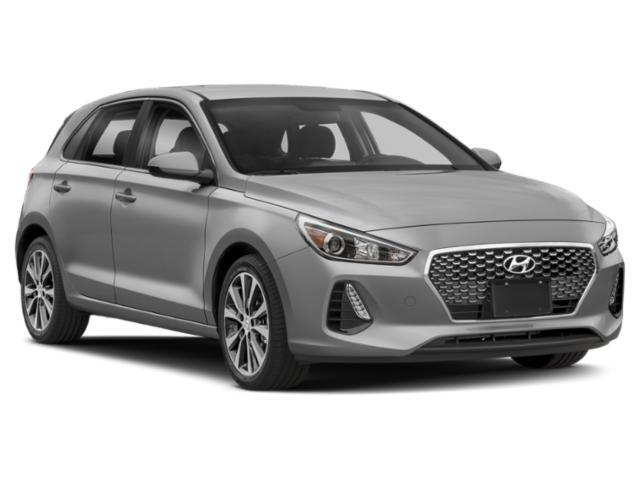


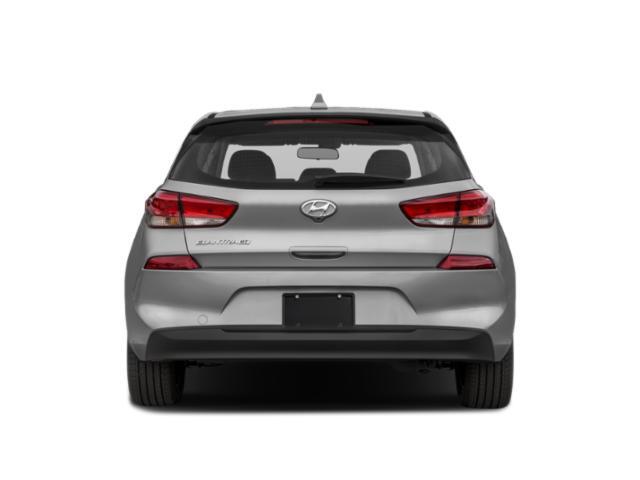
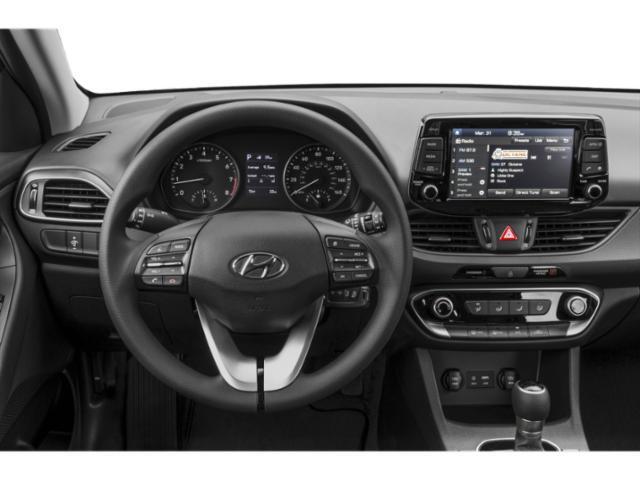

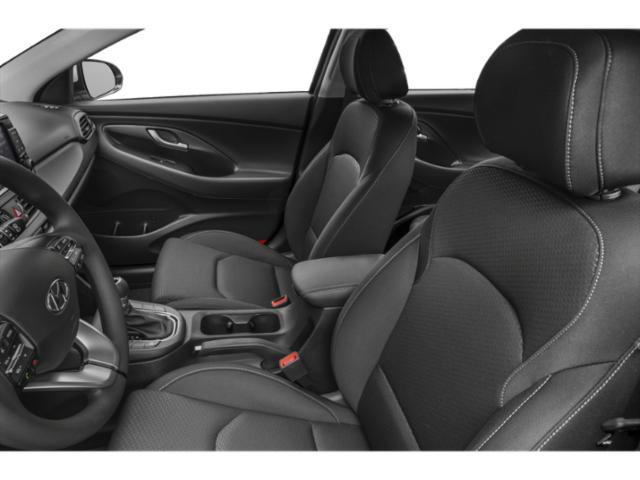

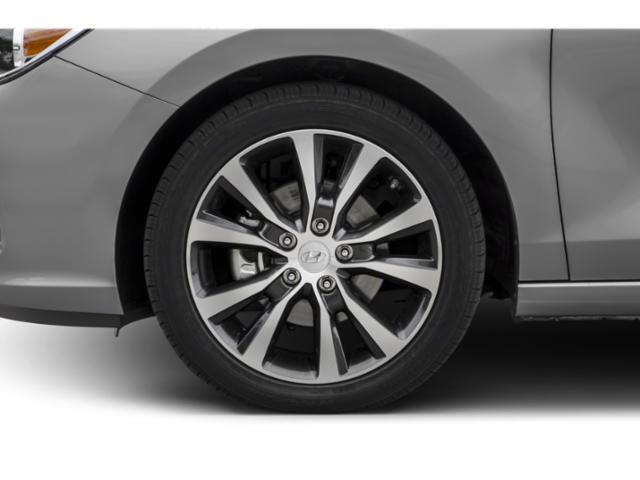
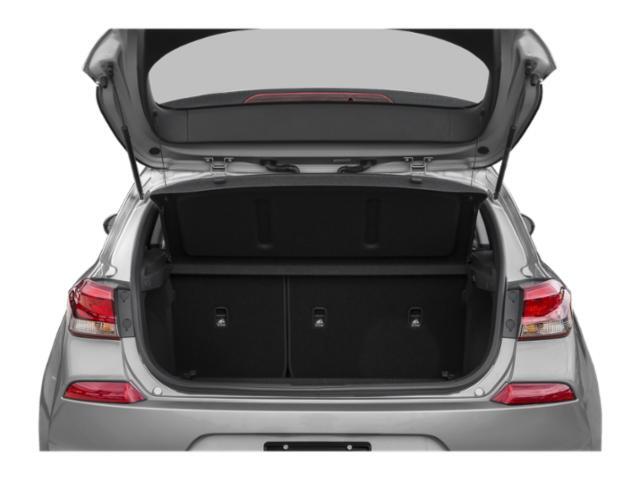
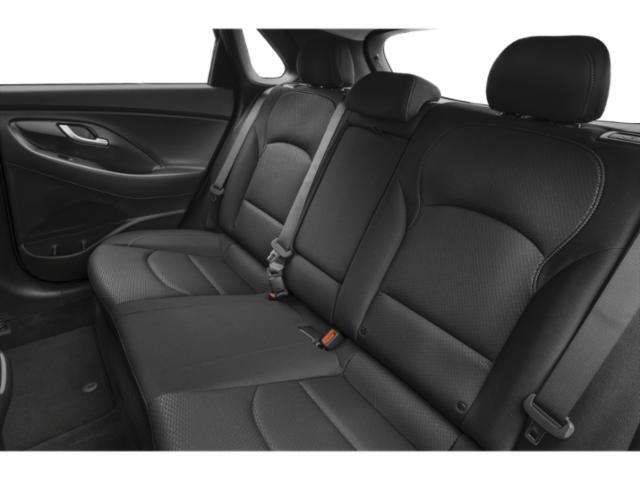
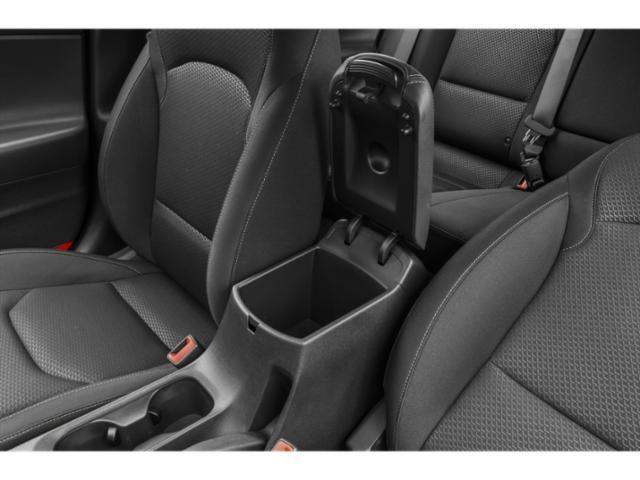
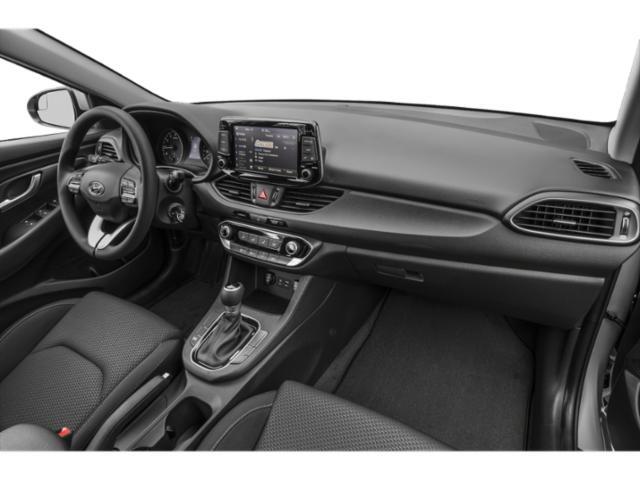
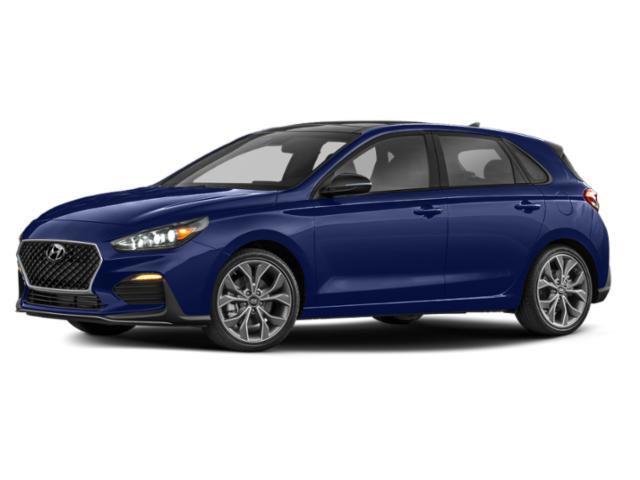
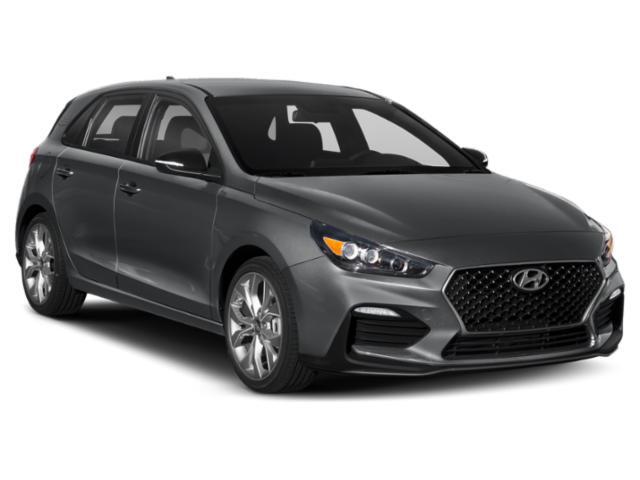
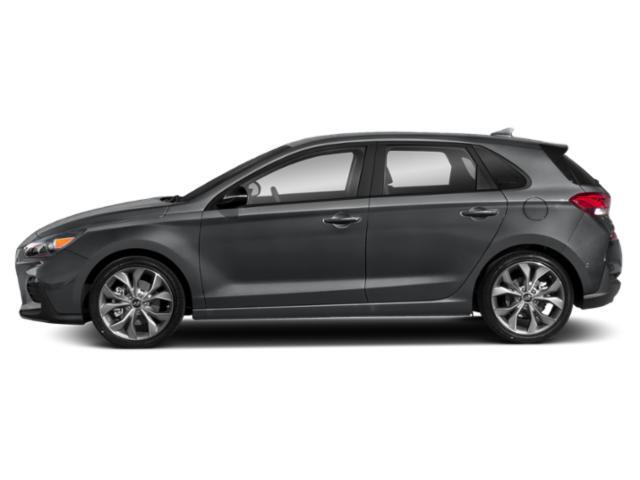
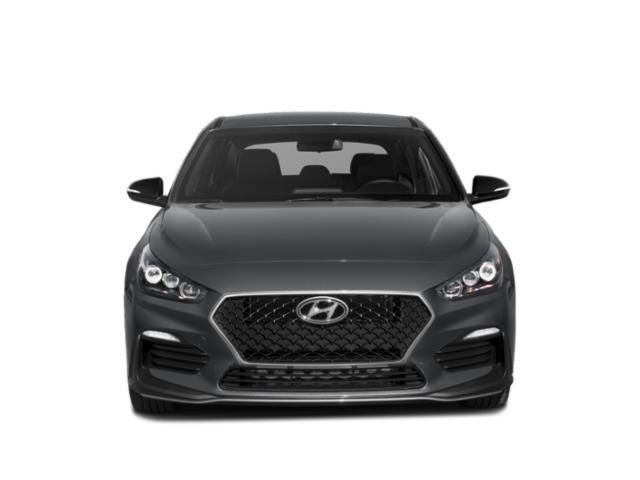
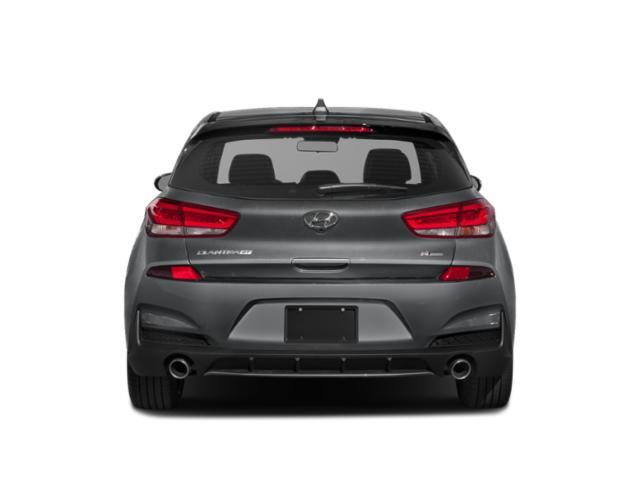
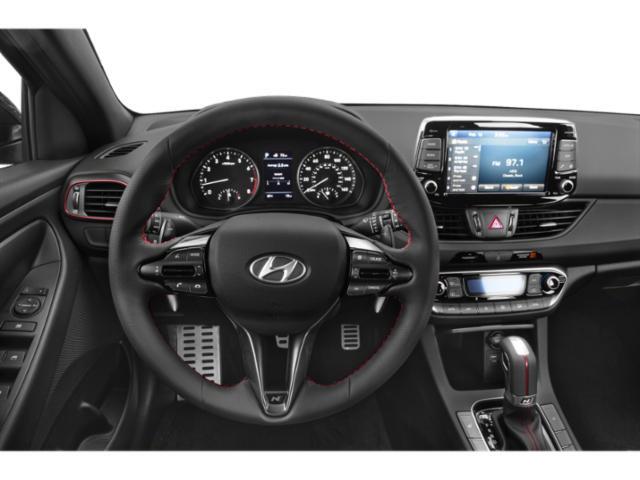

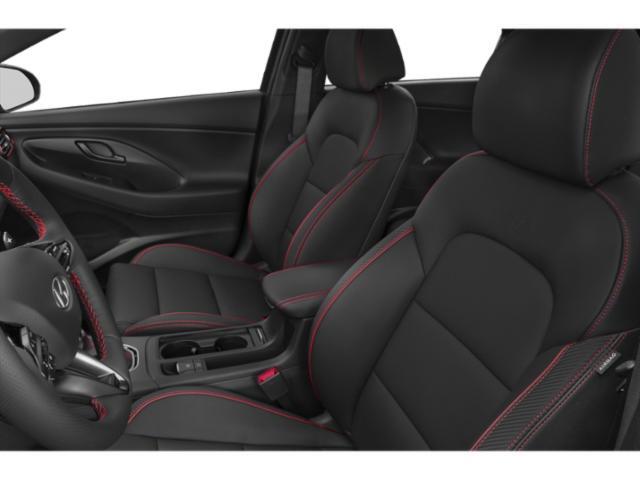
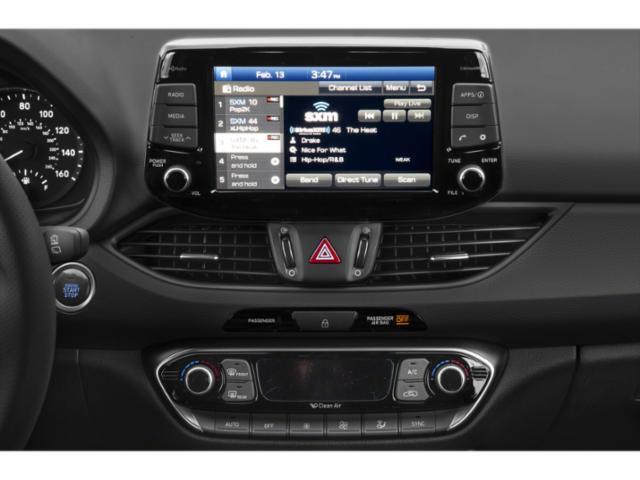
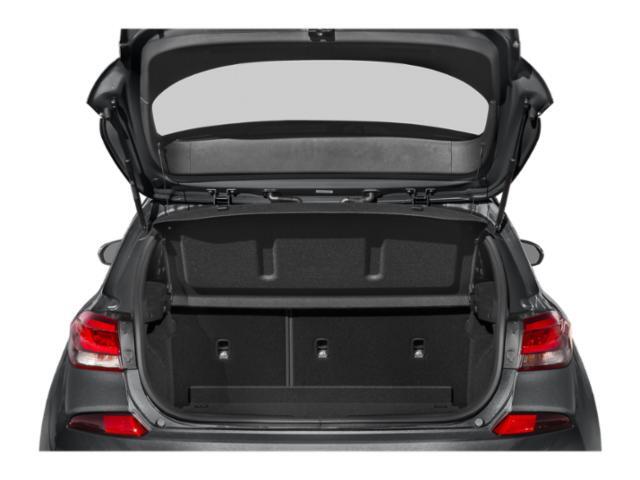
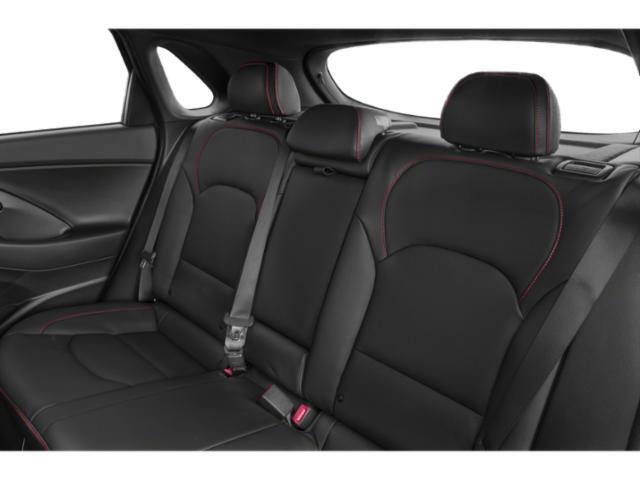
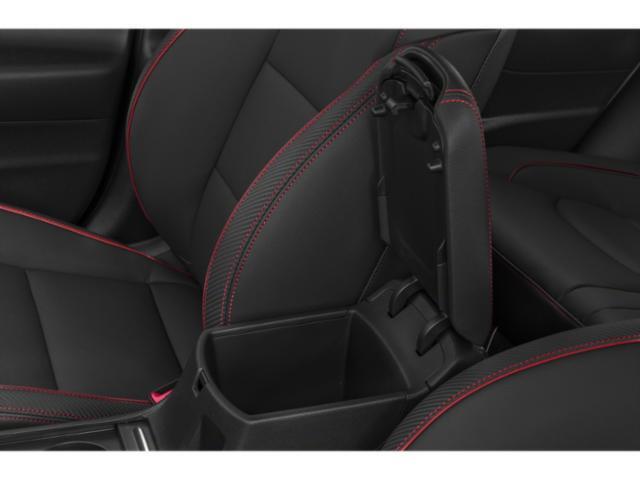
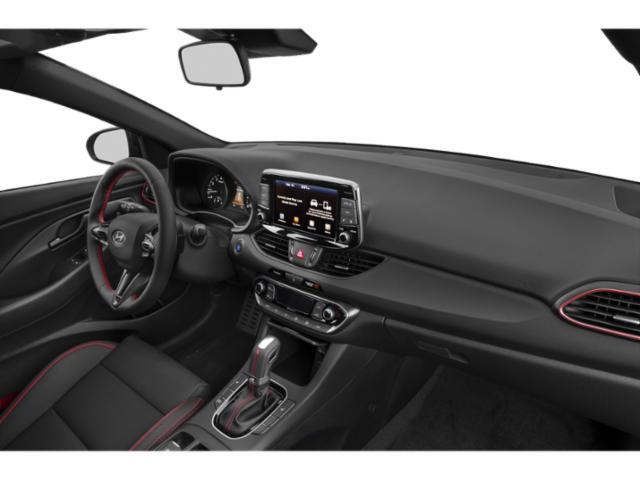



























AutoTrader Review





